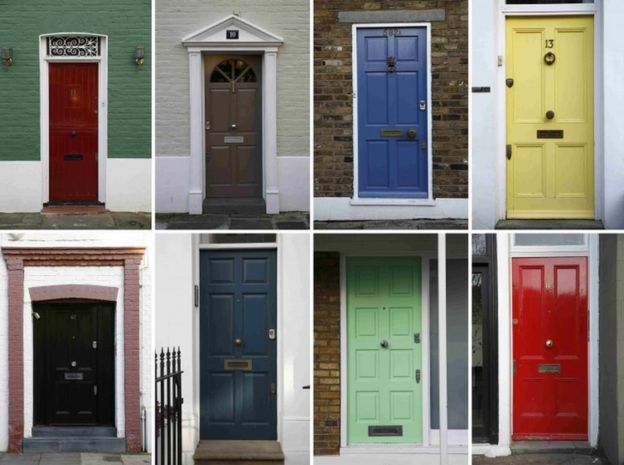
People in England and Wales were much more likely to move home in the 1970s than in the first decade of the 2000s, says research by population experts.
The study, based on census data over 40 years, shows a picture of people becoming progressively less mobile, for both renters and homeowners.
Dr Ian Shuttleworth, from Queen’s University Belfast, says there had been a long term “change in behaviour”.
He said this lack of movement could be part of a slowdown in social mobility.
The research, part of an international demographic project, shows that at least a million fewer people moved between 2001 and 2011 compared with 1971 to 1981, once other changes in population have been taken into account.
Social change
It shows that the pattern of people moving up the housing ladder – and expecting to keep moving to a bigger or better home or more desirable location – was much more common in the 1970s and 1980s than in the 2000s.
They might also put up with longer commutes rather than move for work, say the researchers.
“People now just move less than they did in the 1970s,” says Dr Shuttleworth.

But this only accounted for about a third of the change and there was a similar pattern common across other age groups.
Dr Shuttleworth says it seems to reflect a deeper social change, with a significant decline in the numbers of people changing address and moving location.
In the 1970s, 55% of people moved address across the course of a decade, and in the 2000s that had fallen to 45%.
This reduction in moving elsewhere applied to those in work and those unemployed, in social housing as well as private renting and home owners.
In particular, it seemed to affect local moves – where people might have only moved a few miles away – suggesting that people were less likely to be making aspirational upward moves in their local areas or downsizing as people grew older.
Rising prices
Dr Shuttleworth says this could be driven by changes in the housing market, with the rising cost of property and a shortage of affordable housing making a move more difficult and expensive.
There could also be “life stages being delayed”, so that young people who might once have moved out are still living in their family home.
 Image copyrightREUTERS
Image copyrightREUTERSConcerns about job insecurity could mean that people prefer to take long commutes, rather than commit to moving themselves and their families closer to work.
Or else it could be a more positive decision, said Dr Shuttleworth, with people feeling “rooted” in their current home and community.
“We don’t know whether they are contented stayers or frustrated stayers,” says the population geographer.
The growing lack of mobility is despite the rise in levels of young people going to university, which has been seen as a driver for people to change address and move to different towns.
This decline in “internal migration” in England and Wales is part of a wider international pattern, with similar falls in mobility in the United States, say the researchers.
In terms of the labour market and economy, it suggests that people are less likely to risk uprooting to move to a new job or to new areas.
Dr Shuttleworth says the decline in moves “may have implications for social mobility”.


